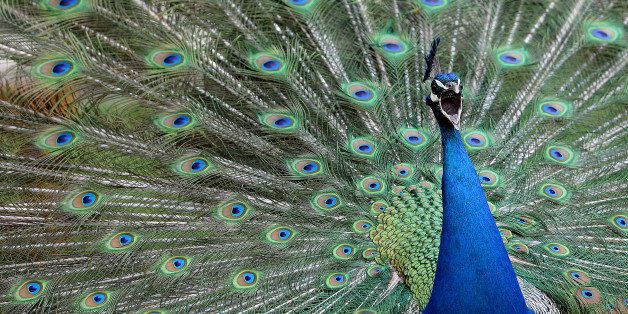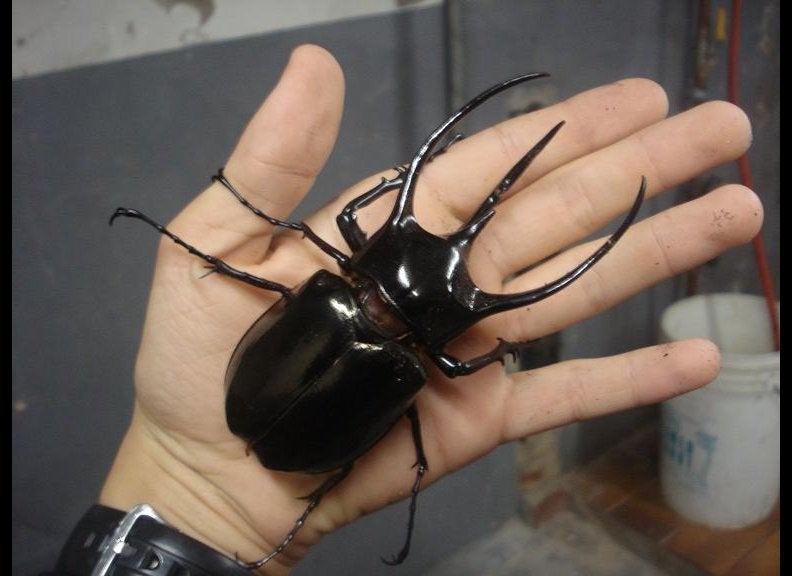
Peacocks pay a steep price for impressing peahens, or so scientists have long hypothesized. The idea is that the extra weight and bulk of their elaborate tails make it hard for peacocks to get off the ground in a hurry--and thus makes them more vulnerable to predators.
But surprising new research from the University of Leeds in England shoots down that hypothesis.
Dr. Graham Askew, associate professor in muscle function and movement at the university's School of Biomedical Sciences, took high-speed films of five Indian peacocks as they took to the air. Then he clipped the birds' tails and again filmed their take-offs.
Askew believed that the birds with the tails would take longer to get off the ground. After all, as he explained in a written statement issued by the university, "These feathers weigh about 300 grams and can exceed 1.5 meters, so it's expected that the male birds would be making a significant sacrifice in their flight performance for being attractive--possibly giving up their lives if the train restricts escape from predators such as tigers and leopards in their natural environment."
But Askew found no significant difference in the birds' ability to get airborne before or after their tails were clipped--a finding he described as "a bit surprising."
The peacock tail is considered a prime example of sexual selection, a form of natural selection in which some animals have specific features that make it easier for them to attract mates--and thus reproduce. Other examples include lions' manes and elks' antlers.
Of course, just because the peacock's spectacular plumage doesn't affect flight performance doesn't mean it comes at no cost to the birds.
"There could be other costs associated with possessing a train," Askew told The Huffington Post in an email, "such as the energy invested in producing the feathers (about 3% of their daily energy budget), changes in maneuverability, and a potential cost of making the birds more conspicuous to predators."
A paper describing Askew's research was published Sept. 18, 2014 in The Journal of Experimental Biology.

